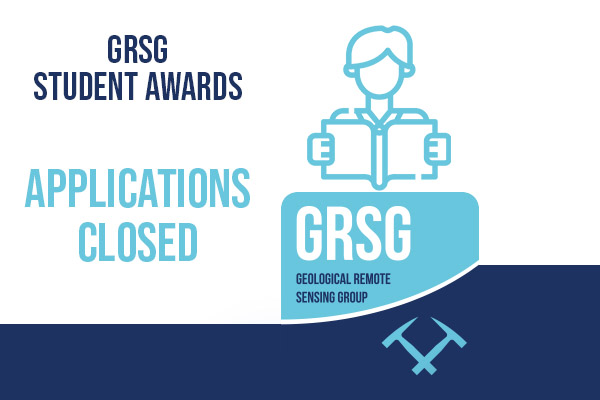GRSG Student Awards

As the GRSG Chairman, Jennifer Scoular explains; “Students are the next generation of geological remote sensing scientists, and through the student awards we aim to support students in their MSc or PhD projects by providing funding for fieldwork, equipment, training etc.””
The Geological Remote Sensing Group Annual Student Award provides financial support (up to £500) to any PhD or MSc students working with geology and remote sensing.
The award has been setup to cover activities related to field research and equipment, research activities or necessities that are not provided by the research institutions or professional development (for example, participation at conferences, workshops or training sessions).
In return, the recipients are required to contribute a newsletter article to our GRSG Newsletter and present at our annual GRSG Conference.
Their contribution must reflect their research effort and how the Award was used to fund their activities. Supervisor sign off will be required prior to award to reflect support to these obligations.
As usual, applications are accepted from further education establishments anywhere in the world as long as you are enrolled in a geological remote sensing (or related) MSc, PhD program and are a GRSG student member (it is only £10 to join).
The closing date for applications has now closed and those who have made their bids, will be contacted shortly.
The lucky winners from previous years, are listed below.

